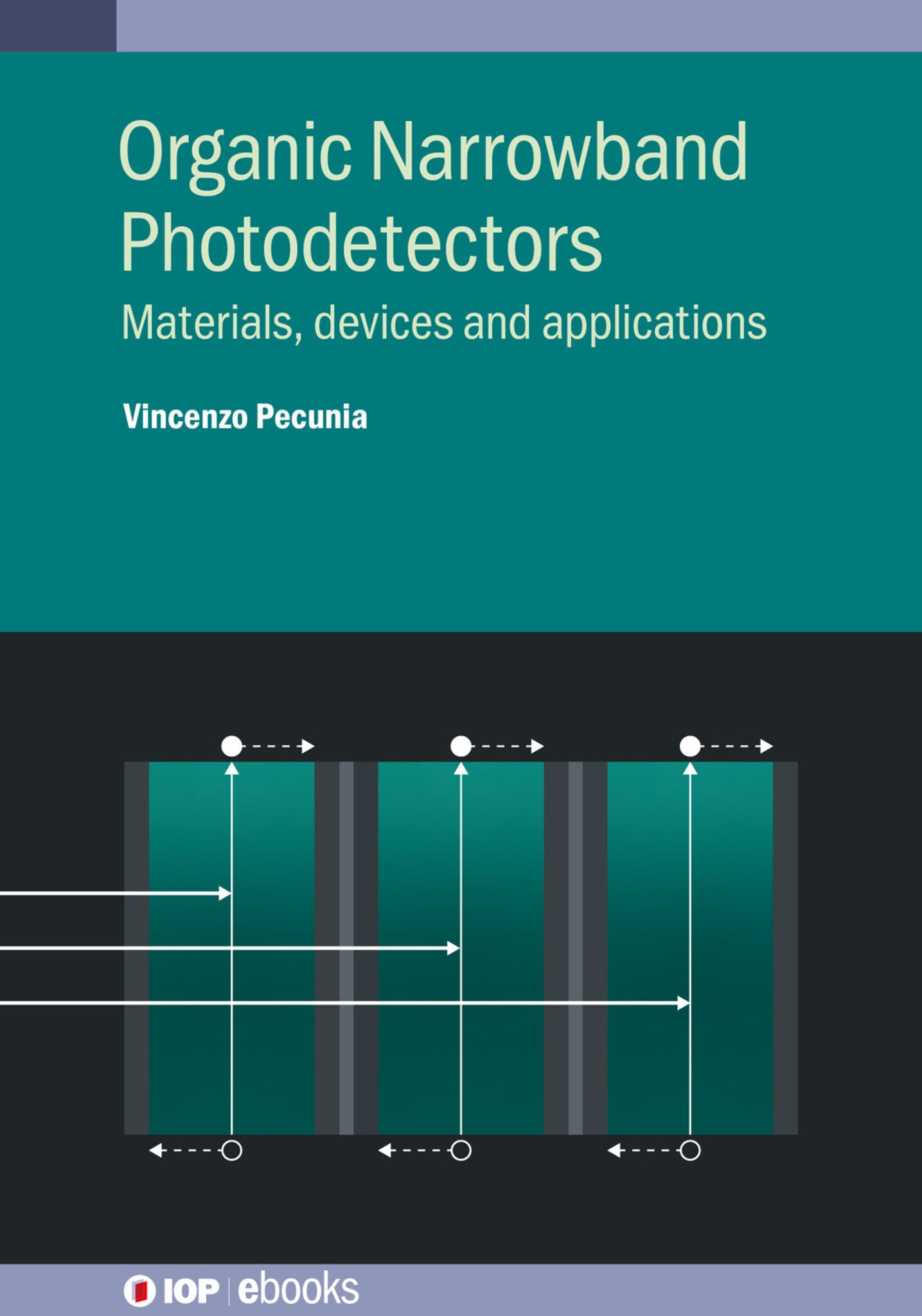We're sorry. An error has occurred
Please cancel or retry.
Organic Narrowband Photodetectors

Some error occured while loading the Quick View. Please close the Quick View and try reloading the page.
Couldn't load pickup availability
- Format:
-
30 December 2019

Organic semiconductors offer a formidable technological platform to detect light within a selected wavelength window in the visible range and beyond. This book, the first ever to be published on the subject, provides the most extensive treatment of organic narrowband photodetectors to date, and takes the reader on a journey from the basics to the most advanced developments of this intriguing technology. Introducing the field of organic narrowband photodetectors, discussing the large range of compounds, diverse device configurations, and real-world applications that have been explored, the text also includes the most extensive collection of organic narrowband photodetector performance data ever published. Organic Narrowband Photodetectors is an essential guide and reference for researchers and practitioners in optoelectronics, organic semiconductors, and related fields, as well as technology enthusiasts and students in physics, electronics engineering, chemistry, and materials science.

TECHNOLOGY & ENGINEERING / Electronics / Semiconductors, Electronic devices and materials, TECHNOLOGY & ENGINEERING / Electronics / Optoelectronics, TECHNOLOGY & ENGINEERING / Optics, Engineering applications of electronic, magnetic, optical materials, Applied optics

I am thankful for
the financial support from the National Natural Science Foundation of China
(Grant Nos. 61750110517 and 61805166), the Jiangsu Province Natural Science
Foundation (Grant No. BK20170345), the Collaborative Innovation Center of
Suzhou Nano Science & Technology, the Priority Academic Program
Development of Jiangsu Higher Education Institutions (PAPD), the 111 Project,
and the Joint Interna



